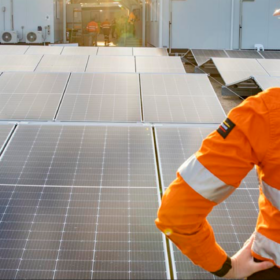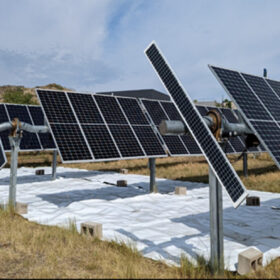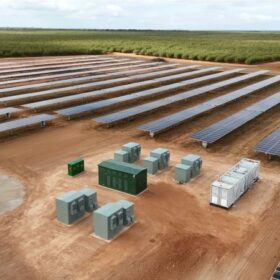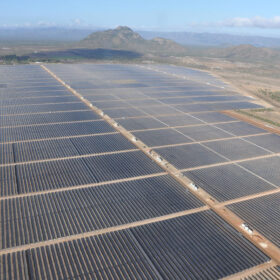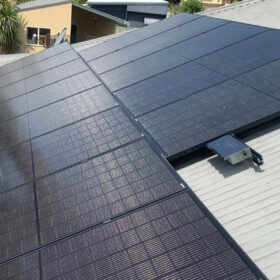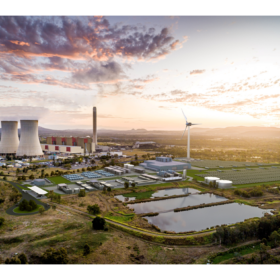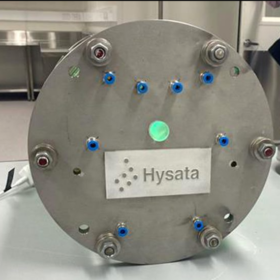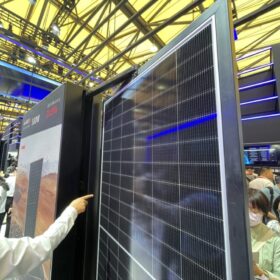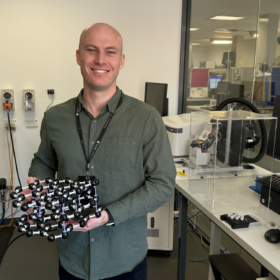WA commits $1 billion to fast-track state’s energy transition
The West Australian government has committed more than $1 billion to drive the development of the clean energy and major industrial projects it says are required for the state to become a “global clean energy powerhouse.”
Research shows high-albedo ground reflectors increase bifacial solar plant yield by up to 4.5%
Tests conducted by Canadian researchers at the NREL’s testing field in the United States have shown that ground reflectors based on high-density polyethylene can significantly increase bifacial PV plant performance. They stressed the profitability of this technology is strictly dependent on the location and warned about combining it with inverter clipping.
AGL delivers solar-powered microgrid for farming operation
AGL Energy has completed the installation of a solar-powered microgrid featuring a 5.4 MWh battery energy storage system that is to support the transition of a New South Wales commercial orchard’s operations from diesel to renewables.
Southern states guaranteed 1.7 GW in national renewable energy tender
Tasmania and Victoria have been guaranteed a combined 1.7 GW of the 6 GW of new variable renewable energy projects the Australian government is targeting as part of what is the largest single renewables tender in the country’s history.
Catch Power adds software with Solar Analytics acquisition
Energy management hardware specialist Catch Power has acquired solar monitoring platform Solar Analytics in a move it says will deliver the largest single advanced rooftop solar control and monitoring company in Australia.
Queensland boosts Stanwell battery capacity to 1.2 GWh
The capacity of a battery energy storage system to be built alongside the coal-fired Stanwell power plant in central Queensland has received a “mega boost,” increasing to 1.2 GWh as the state government looks to ramp up energy storage capacity to support the transition to renewables.
New funding puts Hysata on path to giga-scale manufacturing
Australian green hydrogen technology company Hysata is aiming to increase its manufacturing capacity to the giga-scale after securing backing from a syndicate of global investing heavyweights in a record-breaking Series B raise.
Longi announces 27.30% efficiency for heterojunction back contact solar cell
The Chinese module manufacturer said the new efficiency record was confirmed by Germany’s Institute for Solar Energy Research (ISFH).
Solar-hydrogen solution rolled out for off-grid settings
A new mobile power generator that combines solar and renewable hydrogen to provide zero-emissions power for remote and off-grid applications has been unveiled by Victorian startup H2PowerBox.
New tech that turns waste into battery-grade graphite lands support
Technology that promises to transform waste carbon into battery-grade graphite in less than 10 seconds is among the initiatives being backed by a multi-million-dollar venture fund established by Western Australia’s Curtin University.
